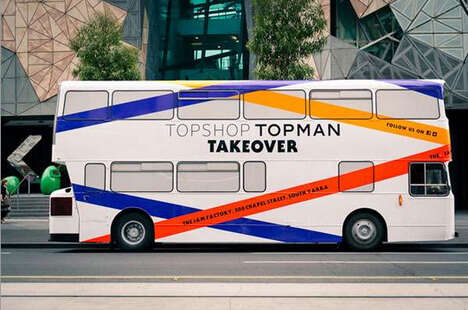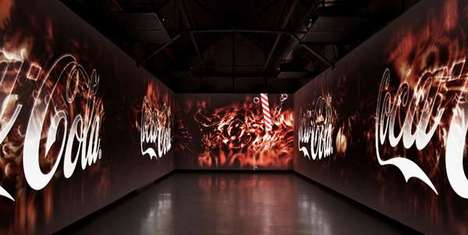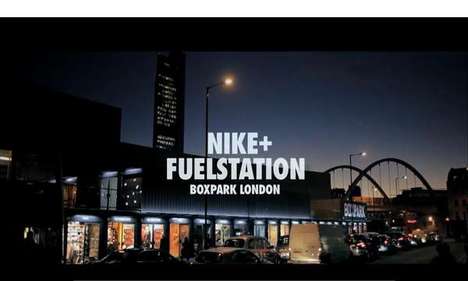How an Interactive Advertising Strategy Can Make Your Brand Unforgettable
Related Trend Reports
Art & Design, Branding, Business, Interactive, Lifestyle, Pop Culture, Retail, Tech Marketing has come a long way over the decades, and though many brands have been able to adapt, an interactive advertising strategy has proven to be the hallmark of a successful and innovative brand. It's no longer sufficient to bombard potential customers with messages about a product. Instead, consumers expect to gain something from their engagement with a company.
Marketing has come a long way over the decades, and though many brands have been able to adapt, an interactive advertising strategy has proven to be the hallmark of a successful and innovative brand. It's no longer sufficient to bombard potential customers with messages about a product. Instead, consumers expect to gain something from their engagement with a company. Providing potential customers with an experience rather than just a message is an effective way to guarantee that your brand will be remembered. Immersive branding not only engages consumers, but in some cases can draw attention to your brand that would otherwise go unnoticed. These tactics are often expensive, but have a huge payoff. When clothing retailer Topshop went to open a new location in Melbourne, Australia, the company made a huge splash. Launching a double decker bus campaign to reflect the British roots of the company, Topshop offered free rides around the city to pedestrians. Offering an unforgettable and unique experience, this approach to experiential marketing earned the brand international attention for its novel approach to spreading the word about its arrival.
Coca-Cola launched a similarly involving campaign that blurred the lines between art and advertising. Launched at Santralistanbul, a museum in Turkey, the 'Future Room' art installation campaign had participants enter a beautifully designed room that walked audiences through the history of the brand. Incredibly modern and executed with a great deal of style and attention to detail, the installation drew crowds as well as coverage from the media.
An immersive and interactive advertising strategy can engage customers and make the experience of a brand unforgettable. For more information on marketing tactics and branding, check out Trend Hunter's Marketing Trend Report.
References: trendreports


